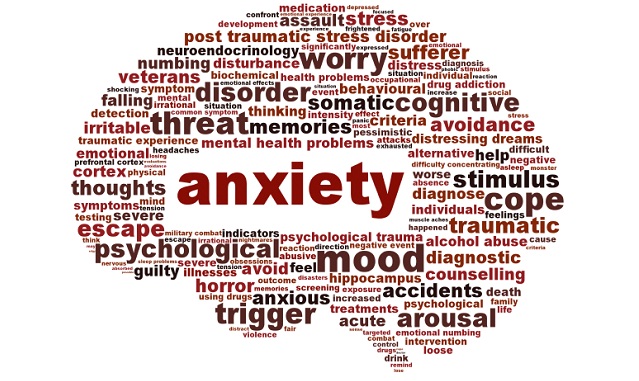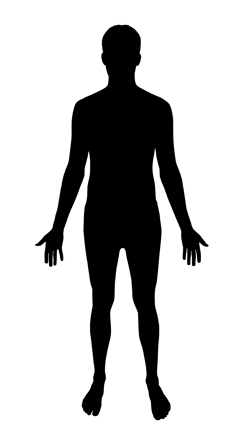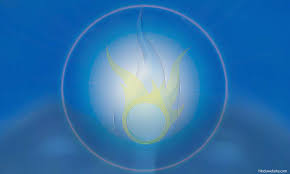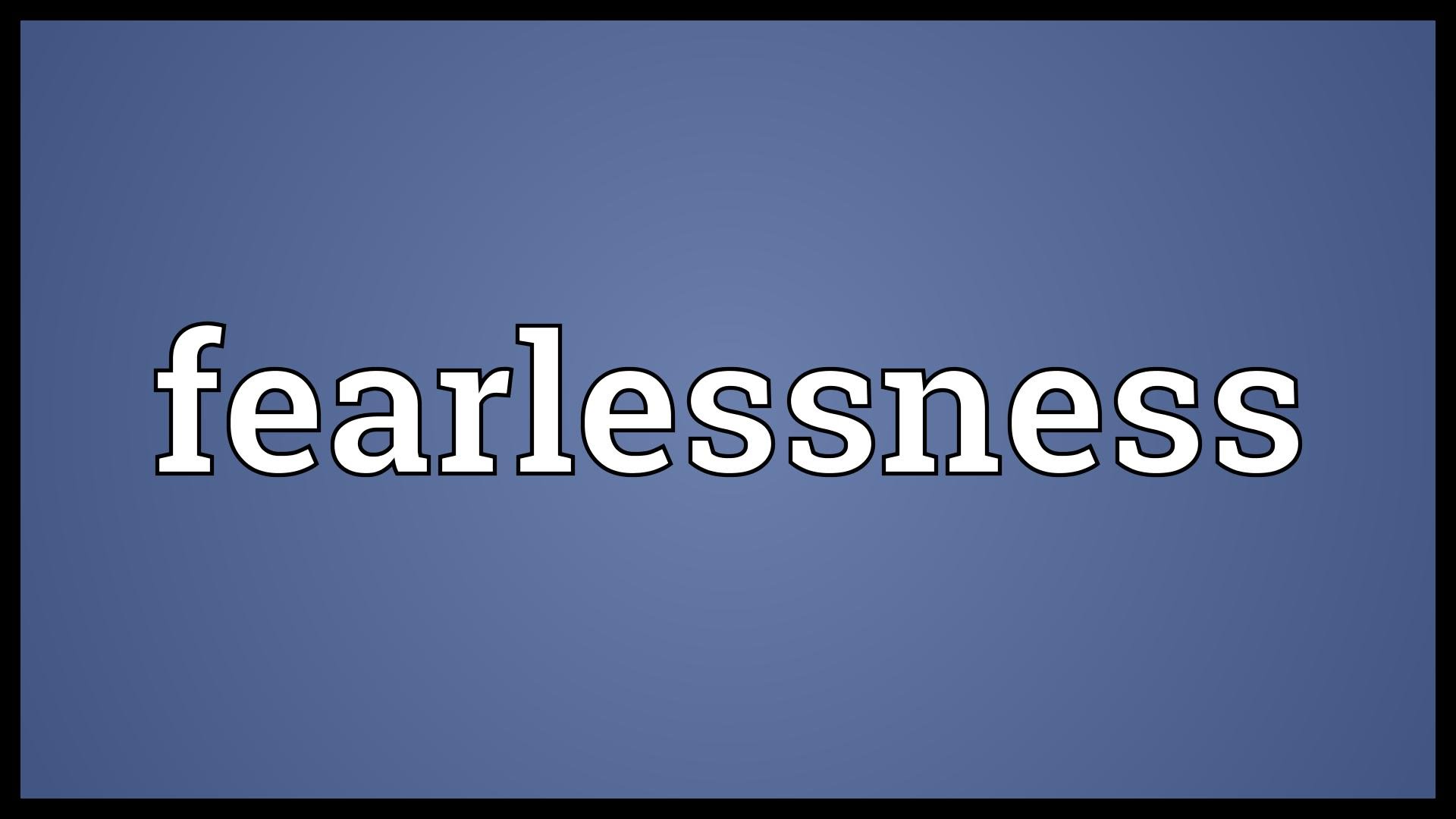Mental Health
Anxiety in ontological terms
The term ‘anxiety’ and its concept seems to be no less anxiety-provoking than the clinical states we associate with anxiety. We are still undecided if we should consider anxiety in a dimensional or categorical perspective for the truth may be somewhere in between.
Though it is doubtful if there are actually natural categories of anxiety, it is necessary to clinically differentiate the anxiety underlying a phobic state or panic disorder from a type of anxiety often perceived at the beginning of a psychosis when a subject can literally experience the threat of dissolution of the self. In fact, the notion that anxiety might be the nuclear-driving force behind all psychopathology that gives credence to the dimensional view can become difficult to sustain with advances in the psychobiology of different psychiatric disorders (1).
Perhaps the term ‘anxiety’ is used too loosely in the clinical setting. Freud, Binswanger, Goldstein and Kierkegaard used the German term Angst, which has no exact equivalence in English and at most is the first cousin to anguish. Thus the English term anxiety represents a watered-down affect (a term used in psychology for an intense and short emotional state with motor and visceral changes) that carries literary value but not the depth of the pervasive and devastating qualities of the anxiety states we meet in clinical practice (2).
There is however one thing common to all types of anxiety, which is that the phenomenon strikes at the central core of the subject’s self-esteem and his sense of value as the self. In ontological terms, anxiety is a threat to Dasein — the existentialist’s term for the distinctive character of human existence.Though it is translated from German to English by the term ‘existence’, Dasein signifies something more. It has two components: sein (being) and da (there), indicating that the subject has a ‘there’ in the sense that he can know he is there and can take a standpoint that he is there. The ‘there’ refers to one’s existence in time and space. Thus one can be aware of one’s being which distinguishes the human being from other beings. That is why existentialists consider the human being as not only ‘being-in-itself’ but also as ’being-for-itself’(3).
This brings us to the existential significance of the otherwise everyday term — ‘the human being.’ Used as a participle, a verb form, ‘being’ implies a process of being something. When used as a general noun in English, the term ‘being’ is used to denote a static substance; whereas used as a particular noun, such as ‘a being’, it refers to a particular entity. However, as a general noun, ‘being’ can be interpreted as potentia, the source of potentiality, signifying the process of becoming — a projection of potentia in action. A projection always is towards the future and thus the significant tense for the human being is the future (4).
The concept of Dasein, coupled with the concept of the human being in potentia for the future, have important significance in our understanding of anxiety:
a. Basically, anxiety can be construed to be a threat to Dasein, the sense of one’s human existence.
b. The nature of threat is linked to thwarting of one’s potentia in action, stalling the being in the process of becoming, compromising one’s sense of freedom to act out one’s future. This is because the human being knows that whatever be one’s sense of freedom and whatever be one’s achieve-ments, the future also holds the eventuality of death, of ceasing to be a phenomenon. In this existential matrix, anxiety becomes an imminent threat of ceasing to exist.
In this sense, the threat to Dasein can be construed as a basic dimensional aspect of anxiety regardless of its categorical presentations as different clinical states. The variability of presentation depends on other predispositions (genetic, biological, socio-cultural, personality factors) for a phobic neurotic would experience anxiety in nuances different from a schizophrenic. Nevertheless the basic threat to Dasein persists, revealing inner conflicts in consonance with the clinical presentation.
Subjects who are otherwise not suffering from psychosis but have a great deal of anxiety often surrender freedom for alleviation of their suffering. Freedom to progress, freedom to work out one’s potential, freedom to pursue an adventure in the unknown vistas of life and which can generate anxiety. It is a pity that at times this freedom is surrendered to dogmas and stereotypes just to get rid of unbearable anxiety (5). The human being can then no longer be in the process of potentia in action — the poise of becoming. At this point, anxiety can succumb to a life of mediocre values or can lapse into a state of dejection and depression.
A consciousness perspective
In the consciousness perspective, the human being itself is an ephemeral being in the space-time matrix and is a projection of the Unborn Spirit, the deathless Ātman, the Real Person, the Being in the poise of eternity (timelessness) and infinity (spacelessness). The rest of existence is its becoming. In this framework, the existentialist’s anxiety is acknowledged in the surface personality. But there is also a deep spiritual anxiety if one’s outer life is cut off from one’s true source, from the Unborn Self.
The Unborn Self projects the consciousness of the human being in the future through recurrent lives. Death ceases to be the final act, it is only an opportunity to renew an otherwise worn-out vehicle of bodily life. Anxiety, if it exists, is an indication to exceed oneself, to be ready for an even more fruitful future life, and should be used as a stepping-stone for an endless progress. The Dasein of the existentialists can be extended to the Being whose projections act as transcripts in the Akashic records of the cosmic consciousness to be used as templates for future lives.
The best requisite to counter existential anxiety would be not to fear death. In fact, when the Mother declared that, “Finally it is faith that cures” (6), she was referring to the existential crisis which needed a soul-faith to endure and be exceptionally fearless. Sri Aurobindo describes, “This soul faith, in some form of itself, is indispensable to the action of the being and without it man cannot move a single pace in life, much less take any step forward to a yet unrealised perfection (7).”
One must be absolutely fearless to counter existential anxiety — a fearlessness encrypted in unflinching soul-faith, borne in patience and silence, basking in a delight emerging not from the flux of passion but in immobility:
“In my fearlessness
There is no place for impatient ardent passion,
I do not get ready with beat of drums
For a conqueror’s expedition,
Thou art my sole reliance
In calm silence….
Stony immobility being my norm
In the boundless sky of delight…(8)”
References
1. Curtis, GC. Anxiety and Anxiety Disorders — Towards a Conceptual Reorientation. The Psychiatric Clinics of North America 1985; 8:1: 159-68.
2. May R, Angel E, Ellenberger HF (eds). Contributions of Existential Psychotherapy in Existence — A New Dimension in Psychiatry and Psychology. NY: Clarion Paperback; 1967, p. 51.
3. Ibid., p. .41
4. Ibid.
5. Ibid. p. 52
6. The Mother. Collected Works of the Mother, Volume 15. Cent. ed. Pondicherry: Sri Aurobindo Ashram Trust; 1980, p. 172.
7. Sri Aurobindo. The Synthesis of Yoga. 5th ed. Pondicherry: Sri Aurobindo Ashram Trust; 1999, p. 771.
8. Nishikanta. Fearless, The Horizon (Diganta. —Translated from Bengali by Satadal). Kolkata: Sri Aurobindo Sthan; 2007, p. 42.
— Dr. Soumitra Basu
Share with us (Comments, contributions, opinions)
When reproducing this feature, please credit NAMAH, and give the byline. Please send us cuttings.




